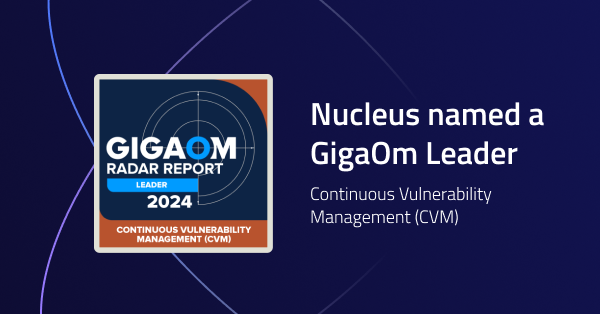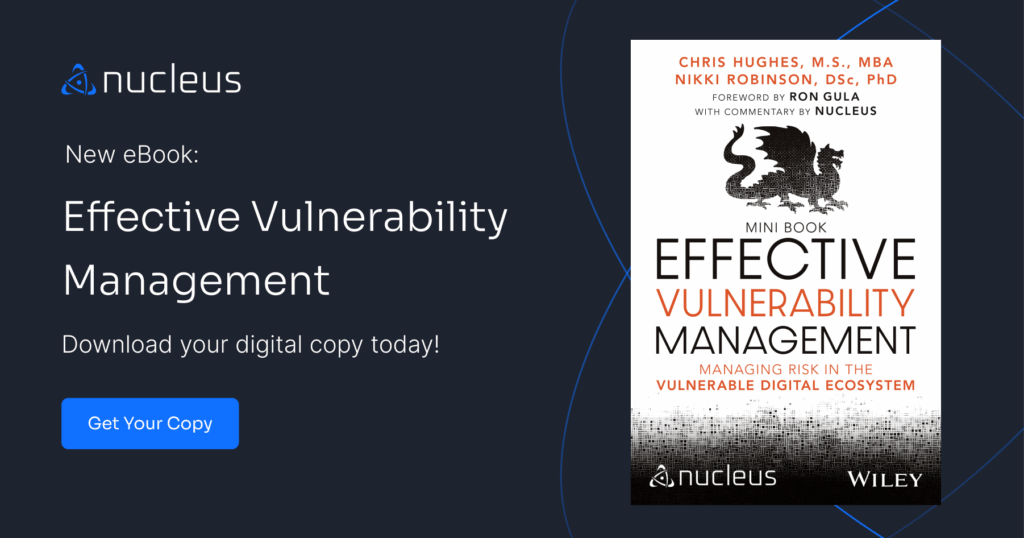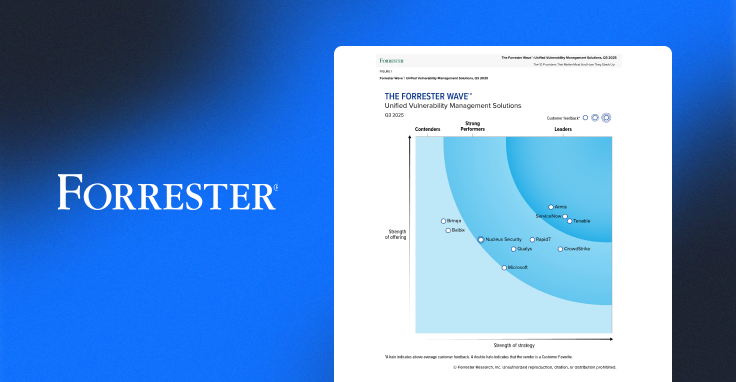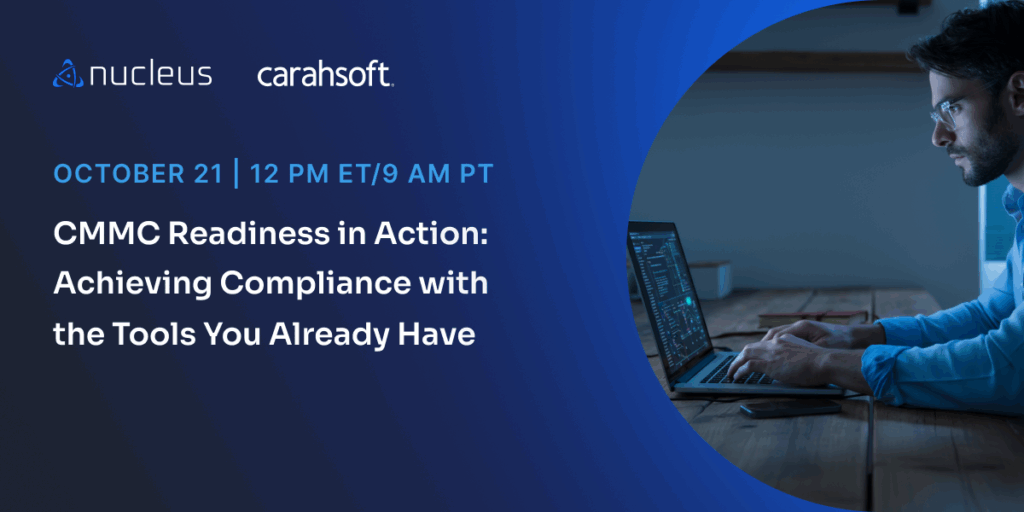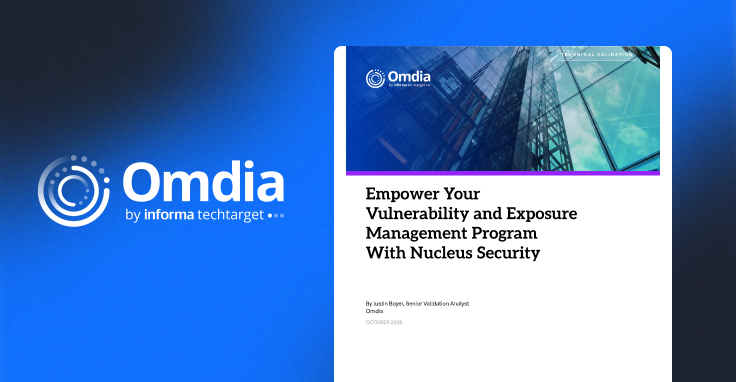6 Behaviors That Hinder Vulnerability Management Maturity
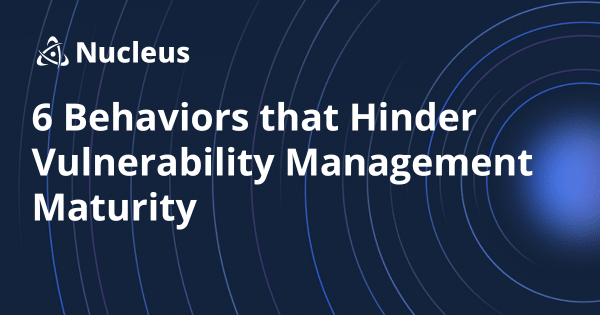
I’ll be honest – the last time someone asked me to assess my behavior was in therapy. Difficult? Yes. Who likes to audit themselves? But that process taught me something valuable: evaluating ourselves, even when uncomfortable, propels us forward.
In my many conversations with security professionals, one common theme emerges. We need continuous progress forward as security organizations for the business.
This isn’t unique to security or its domains, of course, but as I continue to deeply explore the vulnerability management market and the challenges and goals of VM teams within enterprise organizations, the more I recognize that vulnerability management, just like security and just like my journey of growth, is about progress maintenance.
However, before you can level up in VM maturity, organizations must be ready to change. And for change to happen, that necessitates honest self-assessment.
Because vulnerability management is as much about culture change as it is technology.
In this post, I’ll discuss five key organizational behaviors that impede vulnerability management (VM) maturity. More importantly, I’ll share ideas for constructively addressing these behaviors.
Why Organizational Self-Assessment Matters for Advancing VM Maturity
By self-assessment, I mean thoroughly assessing your own organization. It involves evaluating readiness, finding existing gaps, and understanding an organization’s unique context, including its risk appetite, technological landscape, and cultural dynamics.
A comprehensive baseline assessment establishes a solid foundation for targeted improvements. It ensures any efforts to implement advanced vulnerability management practices are built upon understanding, not hastily adopted without adequate preparation.
I recognize, though, that assessing an organization is difficult. But by doing so, you can help accurately gauge where you stand, initiate thoughtful conversations about current behaviors, and take pragmatic steps to elevate VM maturity of your organization.
6 Common Behaviors Holding Organizations Back
Let’s get introspective, shall we? Here are six behaviors that frequently hinder VM progress:
1. Over-Reliance on Technology
Many VM processes facilitate rapid technical mitigation of vulnerabilities. However, they may give insufficient attention to integrating these efforts into the organization’s broader risk management frameworks.
Misalignment between vulnerability management objectives, risk appetite, and business goals can emerge. Over-reliance on technology overlooks the need for knowledgeable professionals who can analyze, interpret, and respond to vulnerabilities with nuance. Their expertise in contextualizing vulnerability data within the organization’s unique environment enables more effective mitigation.
In addition, a tech-centric approach risks discounting the importance of robust incident response and recovery plans. These should encompass more than just technical remediation. Business continuity and communication strategies are also crucial.
2. Resistance to Change
One primary challenge of vulnerability management maturity is resistance to change, especially when it requires transitioning from manual processes to automated vulnerability management solutions.
This reluctance stems from various factors, including fear of the unknown, discomfort with new technologies, and perceived risk of disrupting ingrained workflows.
In environments where change is inherently risky, such as traditional IT change management processes or OT settings where disruption can be highly detrimental, this resistance does have valid justifications. Massive, rapid changes in these environments can have severe consequences if not managed carefully.
However, resistance to change can still hinder progress. Beyond slowing adoption of more efficient and effective VM practices, this inertia keeps organizations tethered to antiquated methods, which may be inadequate for addressing current threats.
WATCH NOW: How to Automate and Streamline Vulnerability Management Processes.
3. Information Silos and Compartmentalization
The more I speak with security professionals, the more I grasp that siloed thinking, where departments operate in isolation and withhold information, obstructs VM maturity.
This compartmentalization inhibits the flow of critical security data. It also impedes collaborative efforts and processes to address vulnerabilities across the organization.
When details about vulnerabilities, threats, and incidents and/or processes are not freely shared across departments, it becomes extraordinarily difficult to develop a comprehensive understanding of the organization’s security posture. Responding effectively to threats is also challenged.
Lack of collaboration can lead to a failure of understanding among non-IT personnel about the importance of VM and how it supports the overall business strategy.
As such, insufficiently engaging stakeholders across the organization can lead to lack of buy-in and support for strategic, long-term VM initiatives.
WATCH NOW: Applied Lessons from Product Security Teams in Vulnerability Management.
4. Misconception That Each Organization’s Needs Are Entirely Unique
Some organizations mistakenly assume their security needs are so idiosyncratic that existing VM solutions cannot properly address them.
A “unicorn complex” can lead to expending unnecessary efforts on developing bespoke VM tools and processes. This misguided approach diverts resources away from deploying proven, effective solutions.
While customization is sometimes necessary, many off-the-shelf VM tools offer sufficient flexibility and configuration options to meet a wide range of needs.
5. Fixed Mindset Around Costs Rather Than a Growth Mindset for Value Creation
A short-term focus on cost-avoidance can also impede vulnerability management maturity.
Organizations may opt for cheaper, less sophisticated solutions in hopes of saving money. Or they may attempt building homegrown tools, failing to recognize the long-term value that robust, unified vulnerability management technologies can provide.
This thinking not only compromises security over the long-run but also creates greater operational inefficiencies. Potential for value creation through enhanced resilience and risk management is left unrealized.
A short-term, fixed mindset centered on cost-avoidance can impede VM maturity.
This scarcity mentality leads organizations to opt for cheaper, less sophisticated solutions in hopes of saving money in the immediate term. Or it causes them to attempt building barebones in-house tools without recognizing the long-term value robust, unified vulnerability management technologies can provide.
The fixed mindset on costs not only compromises security in the long-run but also creates greater operational inefficiencies. Potential for value creation through a growth-oriented is left unrealized.
READ: Build vs. Buyer: Trying to Build In-House Vulnerability Management Software
6. Complacency and Reactive Mindset Rather Than Proactive Approach
How an organization perceives risk heavily influences its prioritization of vulnerabilities.
Complacency and a reactive approach to vulnerability management presents significant risks to organizations. When teams address vulnerabilities only after they have been exploited or become known threats, they miss the opportunity to proactively prevent incidents.
This complacency can arise from misplaced confidence in existing defenses or compensating controls, like firewalls or antivirus, which breed a false sense the system itself is totally secure.
In contrast, a proactive methodology entails continuous monitoring, recurring assessments, and anticipatory actions to get ahead of vulnerabilities before they are exploited.
Organizations recognizing the inherent risks of vulnerabilities are more apt to respond proactively to VM alerts and findings. This enables faster remediation and reduces attackers’ windows of opportunity.
WATCH NOW: From Reactive to Proactive: Addressing Fundamental Issues of Vulnerability Management.
How to Spark Positive Cultural Change to Level Up VM Maturity
Recognizing these hindering behaviors is one thing. Driving change in your organization is a far more formidable undertaking, and I know it’s not easy.
However, here are some starting points you can propose to help overcome these barriers and progress vulnerability management maturity:
1. Foster a Culture of Continuous Improvement and Learning
Start cultivating an organizational culture centered on learning, adaptation, and continuously improving vulnerability management practices.
Conduct regular training for VM team members on new processes and technologies. This helps address fear of change by demystifying new tools and workflows.
Enable VM teams to focus on learning from security incidents and findings, rather than assigning blame. This allows integrating lessons learned into future VM strategies and practices.
2. Promote Improved Cross-Departmental Collaboration
Implement policies and practices that stimulate increased information sharing and collaboration across departments. This can help dissolve unproductive knowledge silos.
Mature vulnerability management programs thrive in environments where data exchange and cooperation are intrinsically encouraged. A collaborative culture amplifies VM efficacy by spurring communication and joint effort between departments like IT, operations, and product development.
Cultures promoting open information transfer enable enhanced awareness and understanding of vulnerabilities across the organization. This empowers more informed decision-making and comprehensive vulnerability assessment and remediation.
3. Ensure Transparency and Individual/Team Accountability
Organizations promoting transparency around vulnerabilities and accountability in vulnerability remediation tend to have more mature VM processes.
Openness about security issues creates an environment conducive to more honest evaluation of the organization’s posture.
When employees at all levels feel a sense of personal responsibility for security, improved practices naturally follow. For instance, diligent patching, cautious handling of potential threats, and other sound security hygiene reinforce VM efforts.
A non-punitive culture encouraging reporting of possible security concerns without fear enables more transparent and responsive VM. Issues can be quickly surfaced and fixed rather than remaining undetected.
READ: How to Adapt Vulnerability Management Service Level Agreements (SLAs) to Team Maturity
4. Continually Highlight the Long-Term Value of Security and the Need for Commitment at All Levels
Emphasize the long-term benefits and business value of investing in vulnerability management across the organization. This solidifies commitment at all levels, from the C-suite down.
In organizations where security is an ingrained priority, willingness emerges to allocate necessary resources to vulnerability – budget, staff, and tools. This empowers the VM program with what it needs to proficiently identify, assess, and mitigate vulnerabilities.
Executive buy-in is crucial both for providing those resources and instilling the importance of VM across departments. This expands the program’s scope and impact.
Closing Thoughts
By recognizing and constructively addressing these hindering behaviors, you’ll be able to approach your vulnerability management maturity journey with greater insight and probability of success.
But affecting meaningful behavior and culture change within an organization is not a one-and-done exercise. It’s a dynamic process requiring regular effort to maintain momentum.
Organizations must remain adaptive, responsive, and open to evolving their cultural practices.
By purposefully nurturing a security- and VM-conscious culture today, organizations can ensure they are better prepared for potential future obstacles.
More Useful Resources:
Taking a Risk-Based Approach to Assessing Your Attack Surface.
How to Tame the Chaos of Enterprise Vulnerability Management.
See Nucleus in Action
Discover how unified, risk-based automation can transform your vulnerability management.






